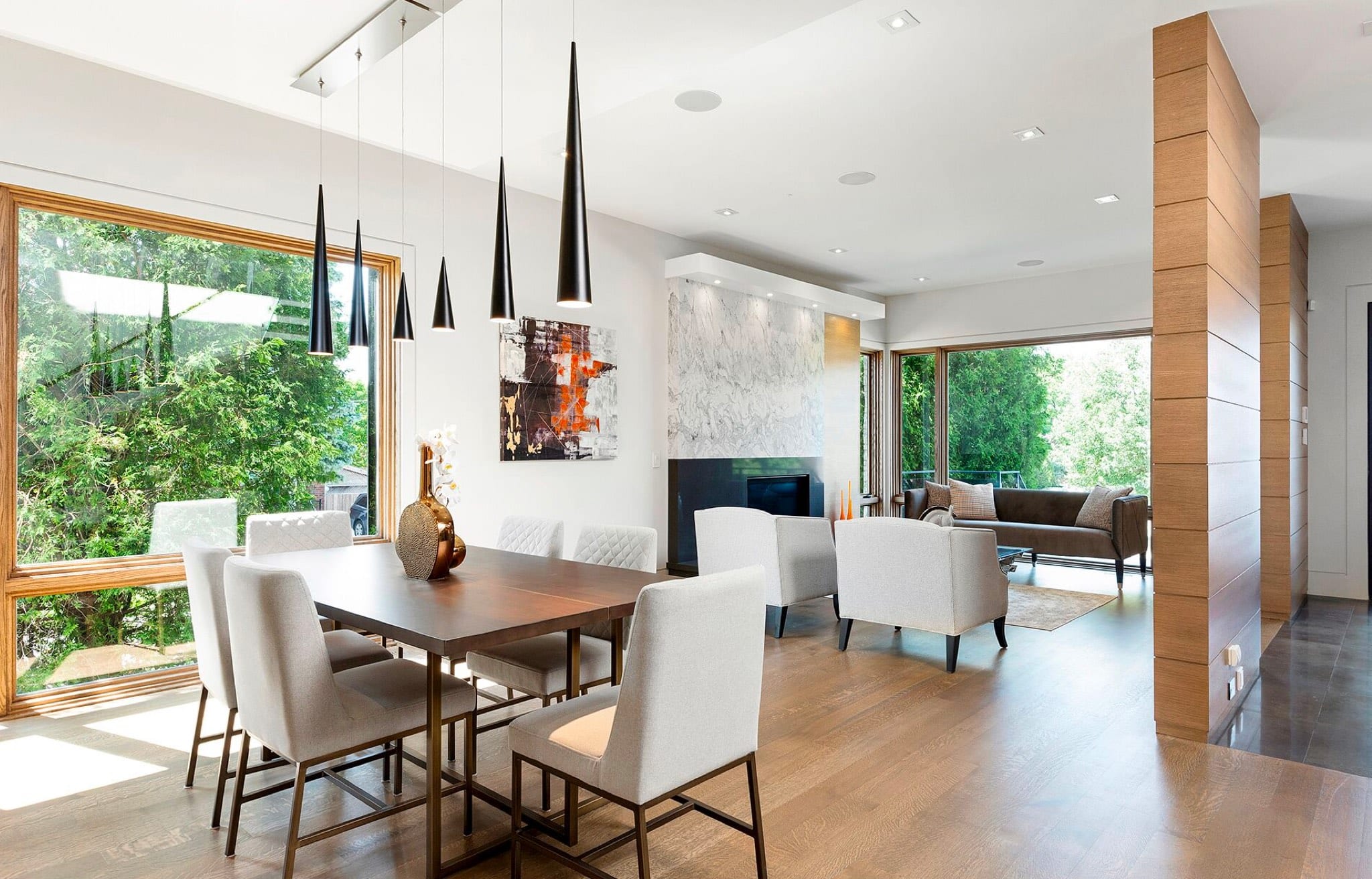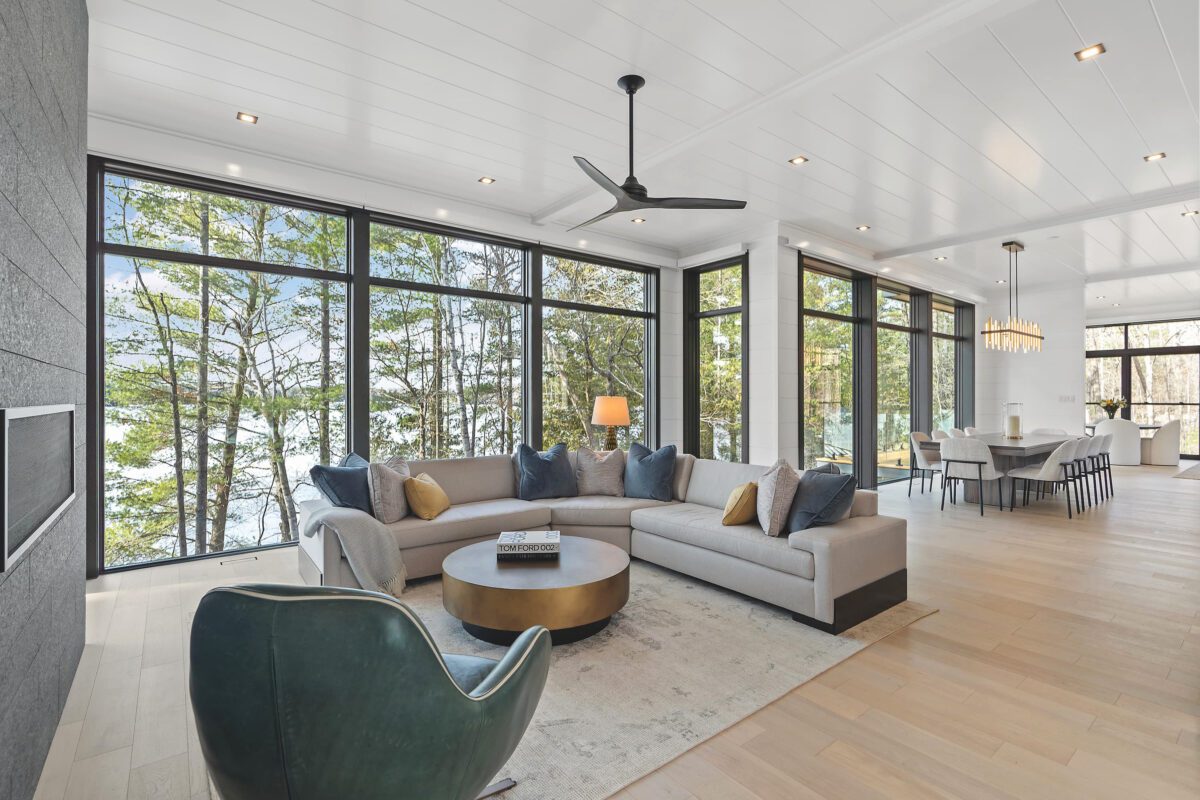
Radon Risk & Remediation
By Robert Maccarrone, Canada Radon
WHAT IS RADON?
Radon is a naturally occurring radioactive gas that comes from the bedrock and soil beneath our homes. It exists in every house in Canada in varying concentrations. After smoking, radon is the leading cause of lung cancer, accounting for more deaths in Canada annually than vehicle collisions, house fires, carbon monoxide poisoning, and accidental drownings combined.
Radon levels are measured in units of Becquerels per Cubic Meter (Bq/m3) of indoor air. Health Canada recommends taking action to mitigate radon when levels exceed 200 Bq/m3, while the World Health Organization recommends keeping radon levels below 100 Bq/m3.
No amount of radon is healthy, and levels should be kept “As Low As Reasonably Achievable” (ALARA). However, since radon gas is odorless, tasteless and colourless, the only way to know how much radon is in your home is to test for it.
HOW TO TEST FOR RADON?
The two most common ways to test for radon involve the use of a digital radon monitor or a radon test kit. Tests must be left in place for 2 to 91 days. Digital Monitors provide real-time feedback, while radon test kits must be sent to a Health Canada approved lab for analysis.
Consumer-grade, high-quality digital radon monitors typically range in price from $200 to $400, and radon test kits typically range from $50 to $100.
HOW TO MITIGATE RADON?
The most common and effective radon mitigation method involves sealing the basement envelope and installing a radon removal system that draws air from below the basement floor slab(s), and then exhausts it away from the home. These radon/soil gas removal systems are also referred to as Active Soil Depressurization (ASD) systems, and typically reduce radon levels by 80% or more.
BENEFITS OF RADON MITIGATION
A properly mitigated home results in radon reduction everywhere in the home.
High radon levels are up to 10x more harmful to the small developing lungs of children and 20x more harmful to smokers’ lungs than healthy adult lungs.
Research shows that small pets are harmed by radon in the same way children are.
Active Soil Depressurization (ASD) systems complement the work done by a sump pump and improve the effectiveness of HRVs, ERVs and air filtration systems.
ASD systems remove radon as well as other soil gases and moisture which help keep basements dry and odor-free.
Many homeowners who have relied on dehumidifiers in their basements to control odors and humidity have been able to stop using them after installing an ASD system.
ASD systems directly support better overall air quality and lung health for those that work, sleep or exercise regularly in their basements.
WHAT IS THE COST? HOW LONG DOES IT TAKE?
The typical price range in Canada is $2,500-$5,000, depending on the scope of work. A certified radon mitigation professional can usually perform the work in less than a day, and will provide homeowners with a detailed mitigation plan, report, warranty and follow-up long-term radon testing.
ARE THERE PROGRAMS TO OFFSET THE COST OF RADON MITIGATION?
Lungs Matter — Radon Mitigation Grant Program Offers up to $1,500 in rebates to offset radon mitigation costs for qualified applicants. This is a nation-wide program that started in November 2022.
Tarion Home Warranty in Ontario Covers the cost of radon mitigation in new homes in Ontario that are 7 years old or less.
Ontario Renovates Program Provides homeowners with forgivable loan assistance to low- and moderate-income households to assist them in performing eligible repairs, renovations and accessibility modifications.




